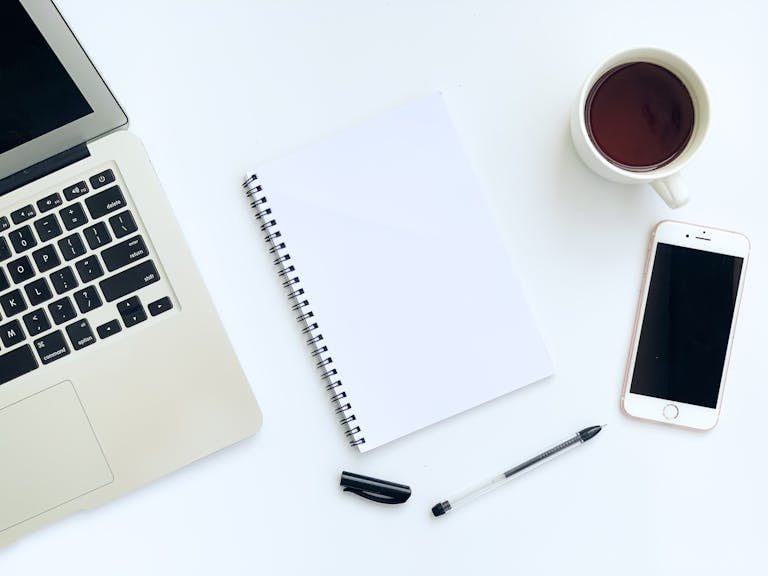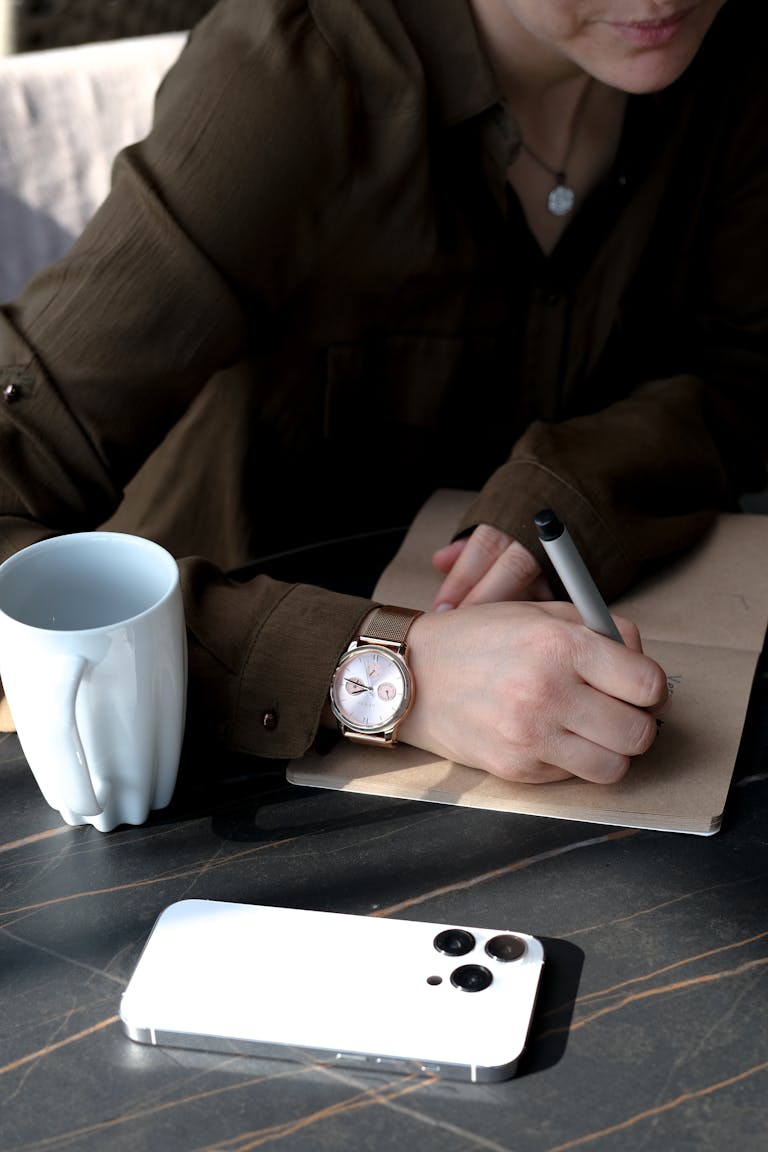In an age of constant notifications, endless scrolling, and information overload, digital minimalism has emerged as a necessary life skill. It’s not just about cutting screen time; it’s about creating a focused, meaningful relationship with technology.
Here’s how to master the art of digital minimalism for a calmer, more intentional life.

1. Understand What Digital Minimalism Is
Digital minimalism is a philosophy of using technology intentionally. Instead of mindless consumption, every digital tool or platform you use should serve a clear purpose.
Pro Tip: Regularly audit your apps and online habits — keep only what adds genuine value to your life.
2. Define Your Technology Values
Determine what matters most to you: relationships, creativity, deep work, physical health. Then, assess how your digital habits support or hinder those values.
Example: If family time is a priority, limiting phone use during meals could align your tech habits with your values.
3. Set Clear Boundaries
Boundaries prevent technology from taking over your time and mental space. Create device-free zones (like the bedroom or dining table) and tech-free times (such as after 9 PM).
Pro Tip: Use features like “Focus Mode” or “Screen Time” to enforce boundaries automatically.
4. Practice Intentional Online Consumption
Before opening a social media app or news site, ask yourself: “Why am I doing this?” If you can’t answer clearly, reconsider.
Action Tip: Subscribe only to newsletters or podcasts that truly enrich your learning or wellbeing.
5. Prioritize Offline Activities
Fill the void left by reduced screen time with fulfilling offline activities like reading, hiking, cooking, or in-person conversations.
Pro Tip: Schedule offline “anchor activities” into your calendar to make them a non-negotiable part of your routine.
6. Conduct a 30-Day Digital Declutter
Inspired by Cal Newport’s approach, a 30-day declutter can reset your relationship with technology. Remove non-essential apps and services, then slowly reintroduce only what you truly miss.
Challenge: Try one month of minimal app usage and observe the impact on your mood and focus.
Q1: Is digital minimalism practical for working professionals?
A1: Absolutely. It’s about optimizing essential digital tools while minimizing unnecessary distractions.
Q2: Will practicing digital minimalism make me less informed?
A2: No. It helps you be selectively informed by curating better, high-quality sources.
Q3: How long does it take to see benefits from digital minimalism?
A3: Many people notice increased focus and peace of mind within two to four weeks.
Take the first step toward a freer, more intentional life today! Begin your digital minimalism journey by setting boundaries, auditing your digital habits, and prioritizing meaningful offline experiences. Download our free checklist to get started!

I’m EKBAL HOSSAIN MONDAL, the creator of SmartSolveTips.com — a blog dedicated to helping people improve productivity, avoid digital burnout, and live better online. With years of hands-on experience in self-development and digital wellness, I write practical tips and tools to help you stay focused and thrive in a fast-paced digital world.






